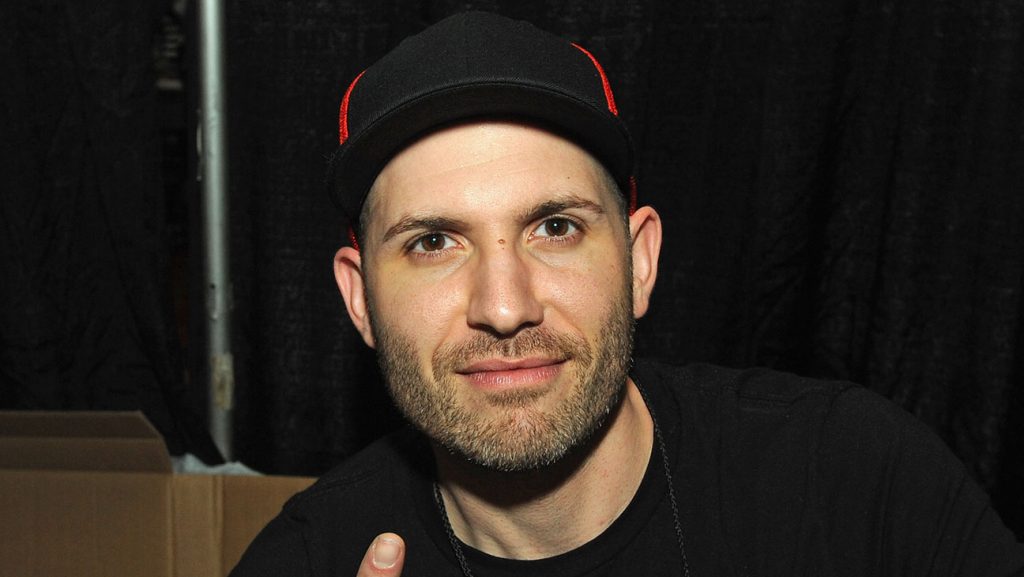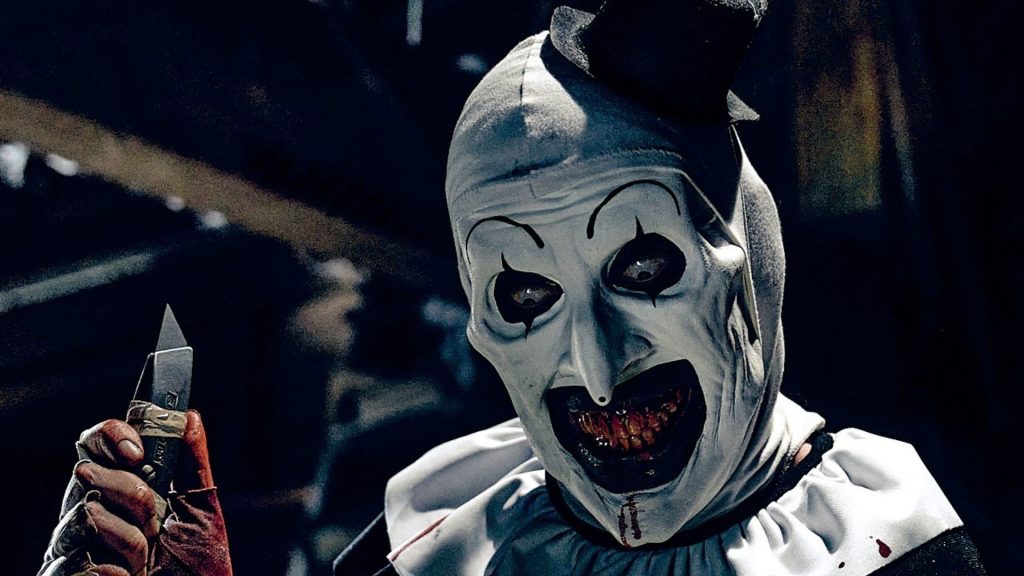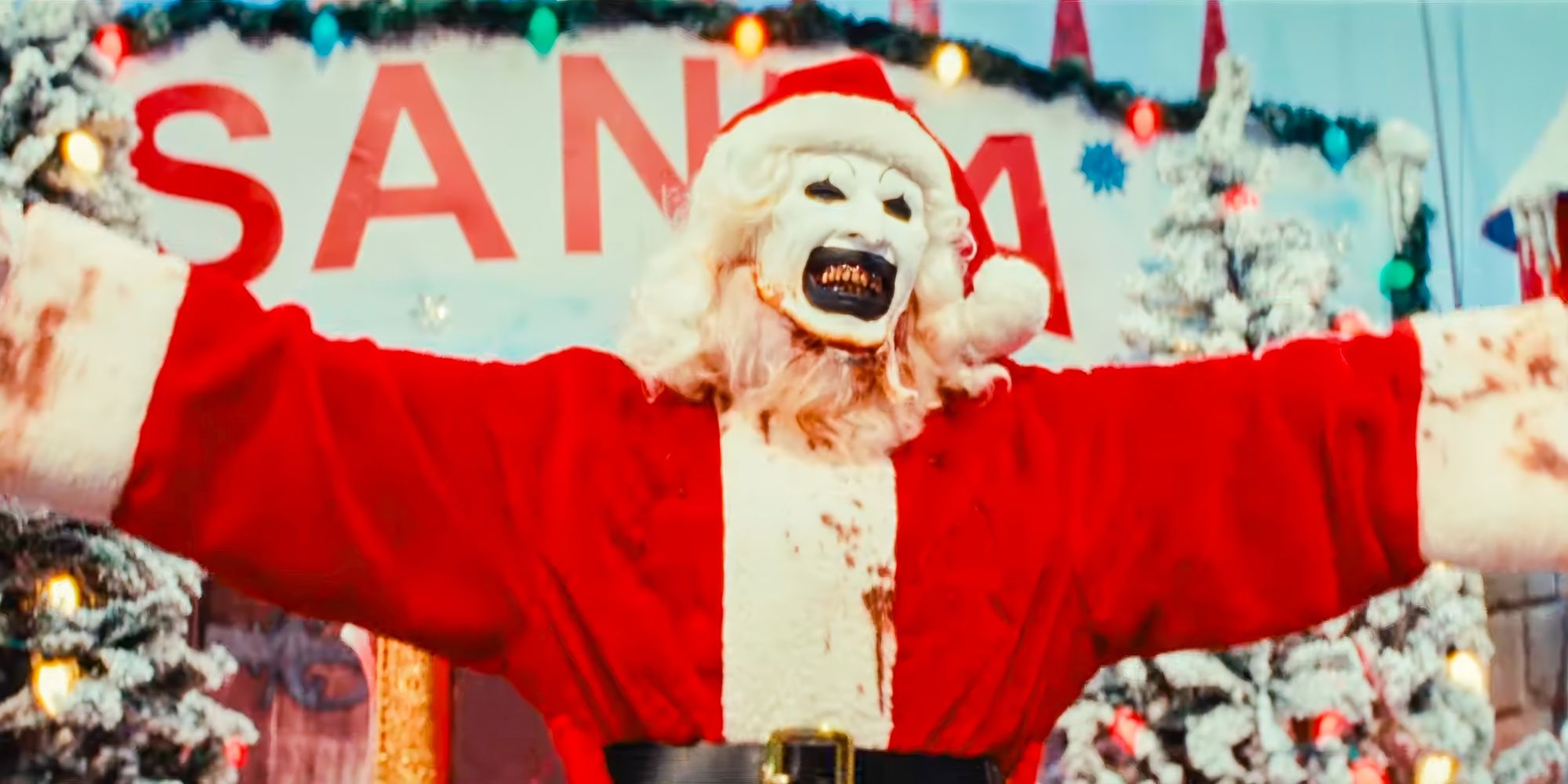There’s Pennywise, Joker, Gingerclown, Bozo, Krusty, and even Alien Klowns From Outer Space in our cluttered clown catalogue of characters. Meet Art, who is also a clown, to add to the collection. Don’t let his nerdy librarian name fool you. He’s the sadistic, slasheristic, nihilistic, chainsaw-carving clown appropriately known as Terrifier in the eponymous film franchise written and directed by maverick filmmaker Damien Leone.
Damien was so-named because his mother was a big fan of The Omen. It is no surprise that he chose a career in making horror movies that paid homage to the 80s slasher, gorefest, and grind house exploitation films that characterized the decade. In short, there’s a lot of blood on screen. And fun.

Damien Leone. Photo by Bobby Bank /Getty Images
Leone’s made three successful Terrifier films and working on a fourth. His background is in practical special effects and makeup, so designing Art The Clown (do not book him for children’s parties) was a logical progression for him. Let’s look at how clowns have changed as a form of entertainment into a horror staple.
The Evolution Of Clowns
Over a century ago, clowns were considered a form of adult entertainment, although not particularly scary. Their performances were often an exaggerated form of acrobatics, theatrics, mime, and tricks at circuses in front of largely male adult audiences. They often reflected a deceptive, distorted, funhouse mirror view of society. Part escape, part reflection of the social ills of the day.
There were good clowns and bad clowns tracing their origins from the court jesters, tricksters and harlequins of Medieval England. Some wore exaggerated smiling happy faces while others wore frowning sad faces. Their clownish acts sometimes went too far and people got hurt. Their colorful wigs and costumes and garish face makeup hid their true identities and their true intentions.
During the late nineteenth century, clowns decided to rebrand and tailor their goofy, harmless antics to broaden their appeal to families seeking wholesome entertainment. And to boost flagging ticket sales.
Much like toys and dolls, clowns are designed to make kids happy. Even Ronald McDonald is a clown. He smiles as he distributes tasty, salt and fat-laden hamburgers to hungry kids. He entertains them as they enjoy their happy meals.
Children and parents felt safe around them. Clowns were not a threat to their safety and innocence.
Changing Pop Culture
Serial killer John Wayne Gacy, who masqueraded part-time as a party clown named Pogo in the 1970s, changed the way Americans would view clowns after he was revealed as the “Killer Clown.”
In a case of art imitating life. Stephen King’s Poltergeist was released in 1982 which includes a terrifying clown scene. A new sub-genre of horror was born. Clowns hid under the bed or in a closet as kids were sleeping. Nobody was safe.
Clowns were no longer a source of amusement for kids as bumbling baffoons. Kids avoided them at all costs. The happy-go-lucky clowns became sinister and nasty. Some retained their clownish antics, but their underlying motives became clear – to cause mayhem and murder.
Transforming clowns from characters of fun to fear became a transformation that horror lovers appreciated.

Art The Clown (David Howard Thornton) Photo courtesy of Signature Entertainment
Who Is Art The Clown?
The character of Art was cerated in Leone’s 2008 film The 9th Circle; his combined answer to clowns, witches, demons, and monsters. There was even a little bit Mr. Bean, Silent Bob and Marcel Marceau added for good measure.
Art is an a truly enigmatic villain. He’s not lashing out at the world to protest social injustice, seek revenge, or confess his childhood trauma. He doesn’t even appear angry or in any emotional pain. Art is a visceral psychopath who kills for fun. There’s no more character development than that.
Art The Clown (played by David Howard Thornton in Terrfier 2 & 3 and previously by Mike Gianelli) prances around in pantomime fashion slicing and dicing his victims in deliriously preposterous and brutal ways because… that’s what killer clowns do. He carries around a sack with more tools than Bob The Builder or the Hamburgler. No presents unfortunately.
He chuckles like the dog Muttley from the cartoon Wacky Races as he stabs, cuts, and eviscerates his way through the neighborhood. It’s Christmas time in Terrifier 3 and Art spreads the festive cheer and body parts around Miles County.
